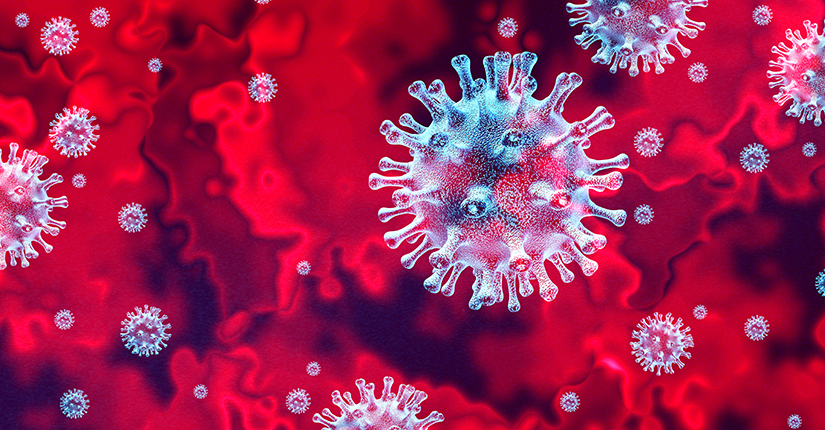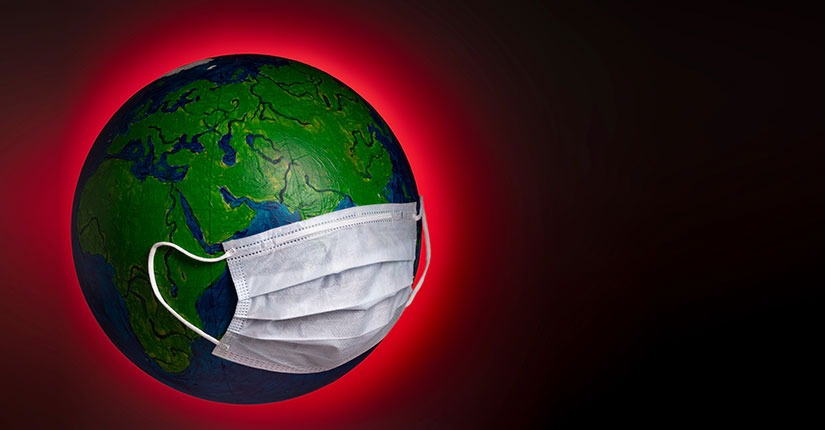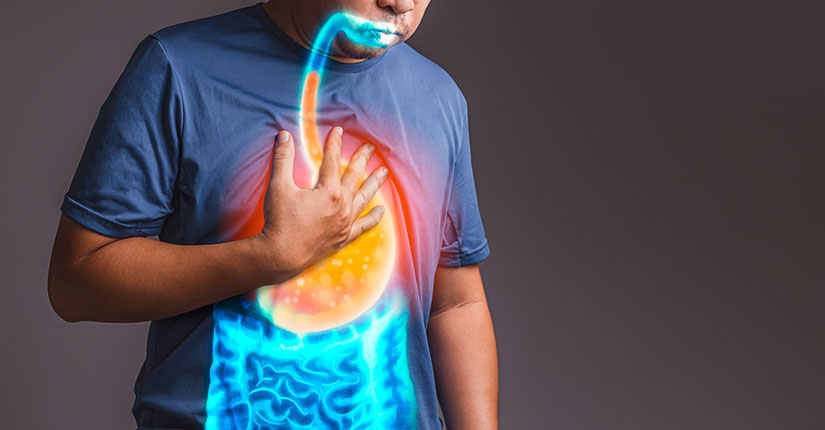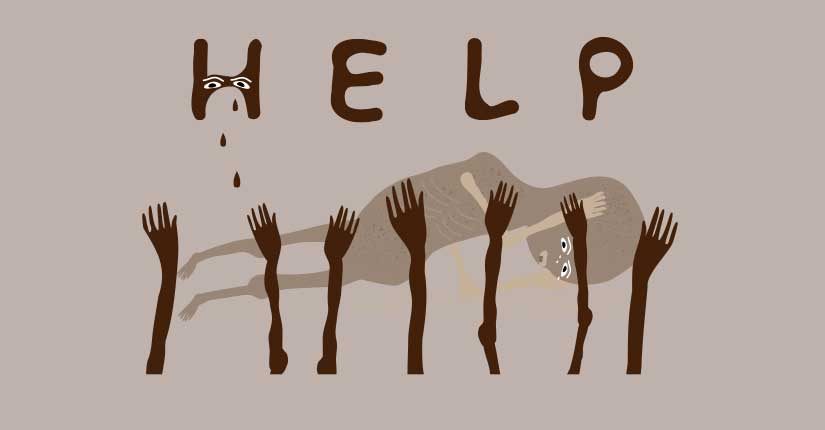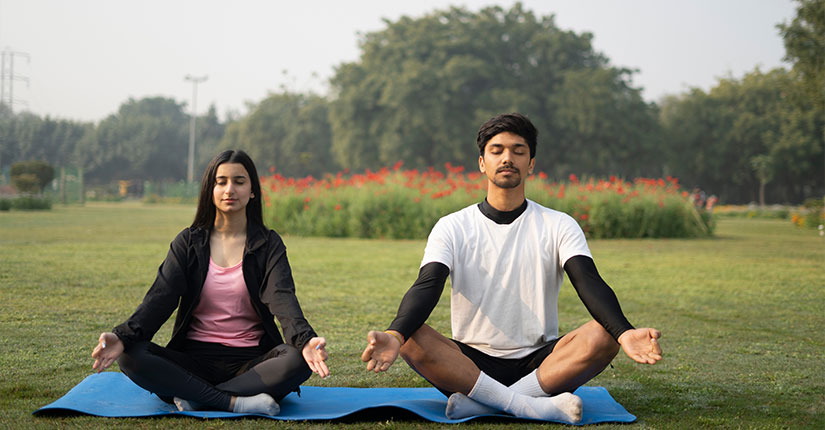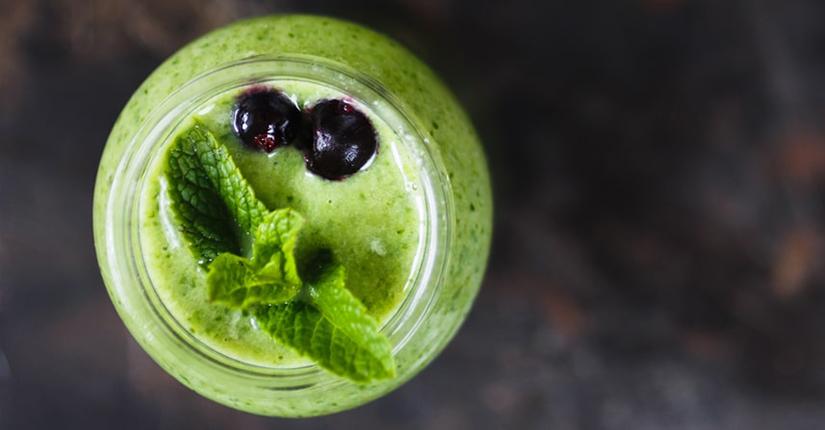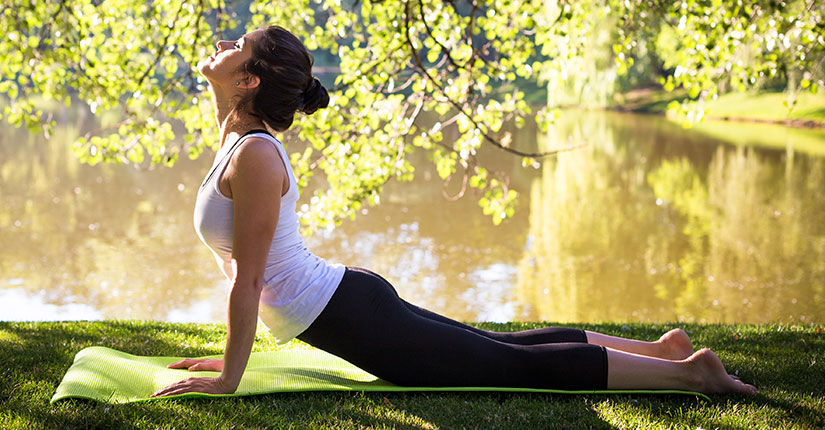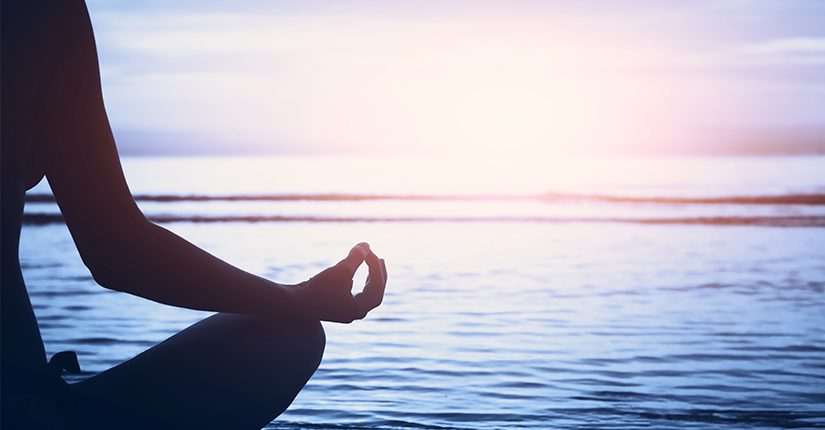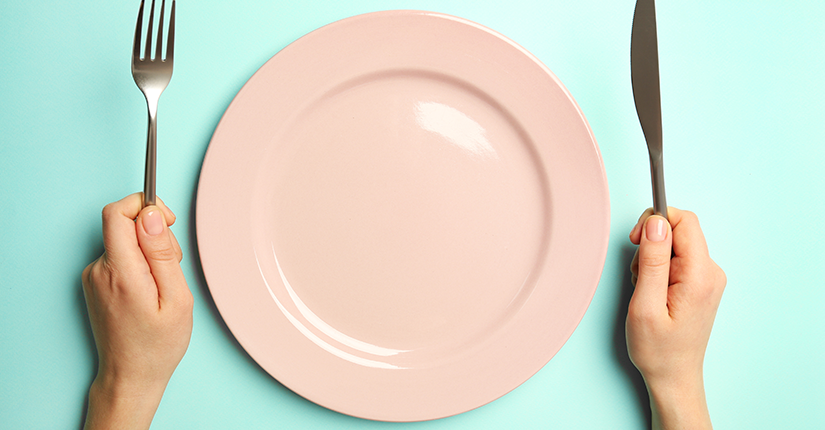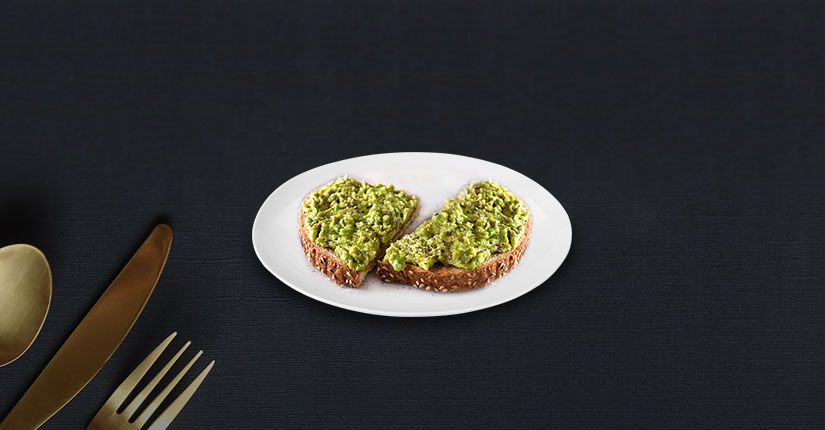Vitamin D in Winters: Know Your Daily Requirement and Sources
By Nmami Agarwal 18-Dec 2021 Reading Time: 4 Mins

Vitamin D is a very essential nutrient required by the human body. It regulates many bodily functions, builds immunity, and is a key component of the human skeletal system. A lack of vitamin D leads to a loss in bone density, loss in muscle mass, poor dentition, and risk of disorders like osteoporosis, rickets, and fractures. Vitamin D is made by the body itself when the skin is exposed to sunlight, however, during the winter season, this becomes difficult to maintain. To cure this deficit we need to obtain vitamin D from other sources such as our diet and supplements.
Recommended Daily Intake –
The daily intake recommendations for vitamin D in micrograms and international units(IU) for the following age groups are –
- Ages 0-12 months – 10 micrograms or 400 IU
- Ages 1-13 years – 15 micrograms or 600 IU
- Ages 14-65 years – 15 micrograms or 600 IU
- Ages above 65 – 20 micrograms or 800 IU
Sources –
In foods and supplements, vitamin D is of two forms D₂ and D₃ which are absorbed by the body with the help of fats. The sources of vitamin D are food, sun exposure, and dietary supplements.
- Food – The flesh of fatty fish and fish liver oil is the best source of vitamin D. Common fatty fishes include mackerel, tuna, trout, sardines, and salmon. Egg yolks, milk, cheese, animal livers, mushrooms, and fortified foods also contain vitamin D. A tablespoon of cod liver oil is enough for your daily vitamin dosage along with healthy omega 3 fatty acids.
- Sun Exposure – Generally the requirement of vitamin D is met by this method. Exposure to sunlight for 10 minutes daily and thrice per week is enough for the production of vitamin D requirements for infants and adults. In regions with cloudy climates or during the winter season when the sunlight hours are lowered, the production of vitamin D also lessens. It is also necessary to avoid relying on tanning beds which expose UV rays to the body to stimulate the production of vitamin D as there are chances of cancer developing.
Footnote-
Nowadays with the depletion of ozone rays, many harmful radiations enter our atmosphere. This makes depending on sunlight for vitamin D a gamble as there are risks of developing melanoma. It is also difficult to rely on diet in some areas with the lack of vitamin D-rich food. To overcome such issues it is necessary for a combined approach where protective measures such as SPF sunscreen are used to cover up the deficit and risks.

